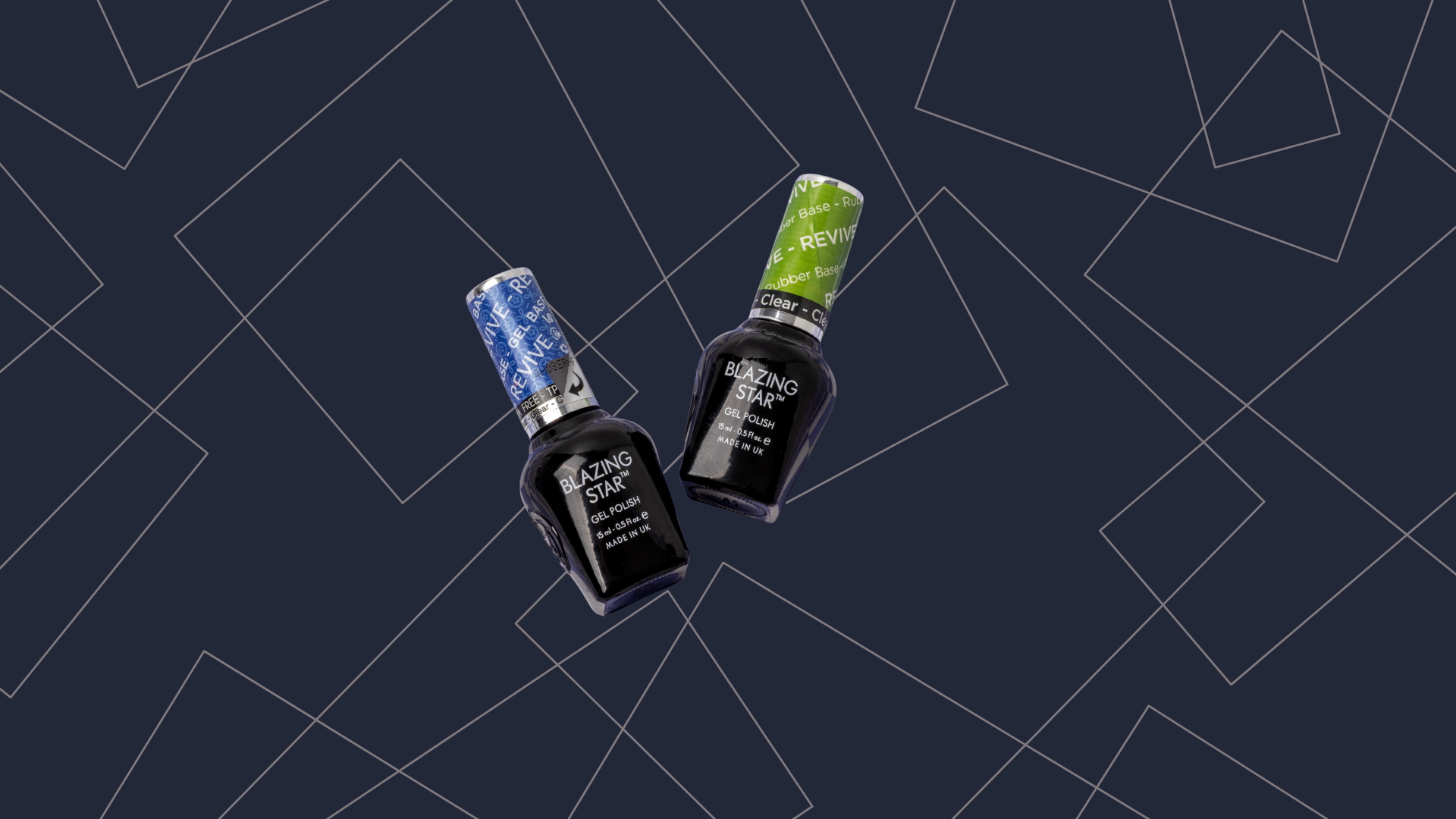Understanding the role of base gel is essential for any nail technician aiming to deliver long-lasting, healthy, and beautiful results. While base gel is often misunderstood as a simple undercoat to make colours adhere better, its true purpose goes far beyond that.
In reality, base gel acts as a protective layer that shields the natural nail, improves product adhesion, and prevents a host of long-term issues that many techs or clients may not notice at first glance.
Skipping this one step can lead to gel lifting after only a few days, poor adhesion on the natural nail, and a gradual weakening of the nail structure. Clients may also experience discolouration or brittleness in their nails.
More seriously, when product starts to lift and moisture gets trapped between the gel and the natural nail, the risk of bacterial or fungal infection increases significantly. These problems not only harm the client’s nails but can also damage the nail technician’s reputation — especially if issues like nail fungus arise after treatment.
Base gel also plays a vital role in evening out the nail surface, particularly for clients with ridged or uneven natural nails. Without it, any colour or builder applied afterward will reveal all the imperfections underneath, creating an uneven and unpolished final look that fails to meet professional standards.

The Key Functions of Base Gel
When applied correctly, base gel performs several essential tasks that contribute to the quality and safety of your nail sets:
-
Improves adhesion:
Helps colour gels, builder gels, or powders grip securely onto the natural nail, minimising premature lifting. -
Seals out moisture:
Creates a barrier over the nail surface to block water and bacteria from entering, effectively reducing the risk of fungal infections. -
Protects the natural nail:
Acts as a chemical buffer between strong ingredients and the nail plate, preventing long-term damage such as dryness or brittleness. -
Smooths the nail surface:
Fills in small ridges and imperfections, providing a clean and level base for colour or builder application.
This one step does far more than just improve the look of the nails. It safeguards the nail’s health, supports your technical work, and contributes to long-term client trust.
What Happens When You Skip the Base?
There are still technicians who skip this step, either to save time or because they haven’t been trained thoroughly. However, the long-term consequences are rarely worth the short-term convenience.
When you apply colour gel without a base, it struggles to bond with the nail and begins to lift within just a few days. This opens up gaps where moisture can enter, eventually creating the perfect environment for bacteria and fungus to grow.
Without the protective layer of base gel, harsh ingredients in builder gels or coloured gels can penetrate directly into the natural nail. This can lead to yellowing, weakening, or brittle nails over time. Additionally, clients may experience chipping, cracking, or breakage more easily during daily activities.
A single poor experience with nail durability is often enough for a client to lose trust in the technician or salon, and may result in them not returning.
Ultimately, something as small as skipping base gel can cause a cascade of client dissatisfaction, health risks, and professional damage. A quick application step that takes less than a minute may be all it takes to prevent weeks of problems.
Common Types of Base Gel
Choosing the right base gel for the client’s nail condition is also critical. Each type is formulated to serve a different function and nail type:
-
Strengthener Base:
A thin, easy-to-apply base designed for healthy nails. Ideal for quick and lightweight services. -
Revive Base (Rubber Base):
Thicker and more elastic than standard base, perfect for weak or brittle nails that need extra flexibility and strength. -
Builder Base:
Functions as both a base and a light builder gel. Best suited for thin or damaged nails that need structural reinforcement without the need for a separate builder layer.
Selecting the right base enhances adhesion, strengthens the structure, and protects the natural nail based on the client’s individual needs. It’s a small adjustment that makes a noticeable difference in both aesthetics and durability.
Final Thoughts
To put it simply, no professional set is truly complete without a proper base gel. Whether you’re working with colour gel, builder gel, or powders, skipping this foundational step invites lifting, breakage, and potential infections.
More importantly, it compromises the health of the natural nail and erodes client trust over time.
Base gel is not just another technical step — it is the foundation of professional responsibility. Applying it correctly is a sign of care for your craft and a commitment to your client’s long-term nail health.
A minute spent applying base gel can save hours of trouble later — and keep your clients coming back with confidence.
